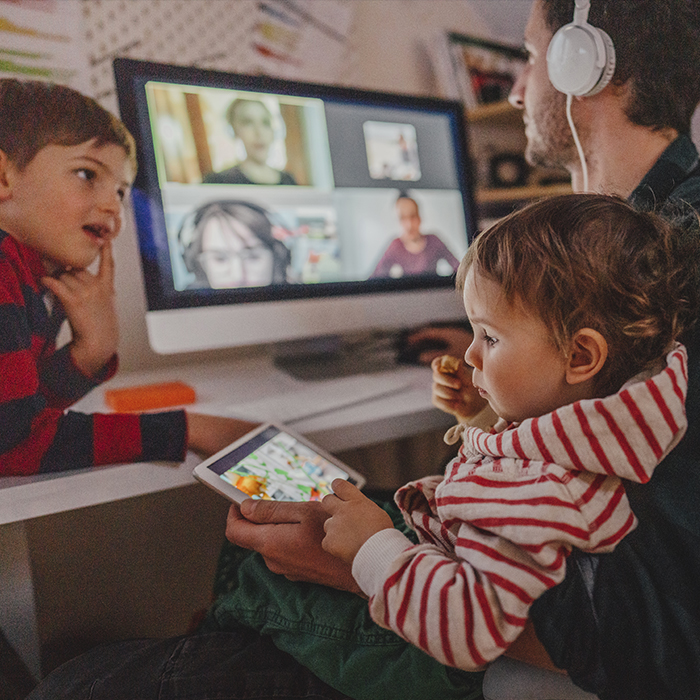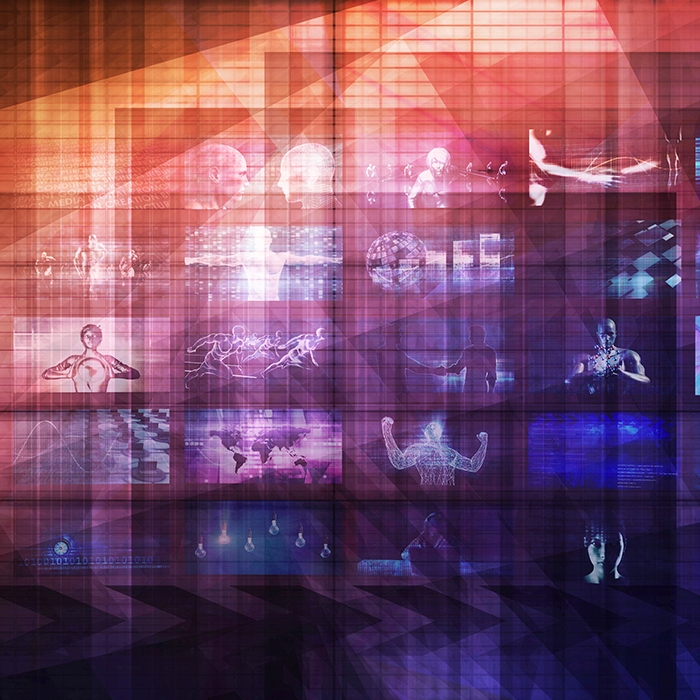How Covid-19 is accelerating Prysmian’s digital transformation

A huge new demand for services and “last mile” investment
“This crisis has enabled us to demonstrate that IT and digitalization are fundamental elements in creating a competitive advantage,” he says. “Companies that were not prepared for remote working are suffering quite a lot. Companies like Prysmian that were prepared are able to absorb the shock better.”
Most disaster recovery plans at companies foresee a risk that a headquarters or a facility is disabled by an accident. Now, disaster recovery plans need to be redesigned and risk management plans need to be reworked, says Brandinali, who also runs Prysmian’s 250-strong IT function.
Companies that had been less visionary were not able to quickly shift staff onto remote working, suffering productivity and revenue losses. Consequently, there will be a huge demand for services linked to digitalization, and an acceleration of the trend for more bandwidth particularly in the “last mile” linking the network to people’s homes and offices.

Prysmian was able to shift the 700 people at its Milan headquarters to remote working on February 24 over the space of a weekend without a business disruption because it was prepared, says Brandinali. When the new headquarters opened in 2017, the IT system was designed to enable remote working with colleagues around the world through shared data on Microsoft 365 platform’s cloud.
As a consequence, headquarters staff had been supplied with notebooks and headsets and were already accustomed to using them as a “travelling office” even inside the building and while working with colleagues around the globe through Skype.
For other locations, a VDI (virtual desktop interface) linked personal computers around the world to Prysmian’s Global Applications (SAP, Cable Design, etc.), meaning that people in remote locations or General Cable employees were integrated into the group. As the lockdown spread to every corner of the company in early March, Brandinali and his staff gradually added new virtual users, new remote users, new Skype users, monitoring and tracking growth each day and adding hardware, licenses or software as needed to avoid bottlenecks.
Prysmian’s bandwidth has been enough to support offices and factories around the globe because bandwidth had been substantially increased at each factory or premises over the past three years.
The second lesson is that the competitive advantage of digitalization will probably accelerate processes that up until now have been on a back burner. That means further digitalization of sales, distribution and the supply chain, says Brandinali.
“I think our value chain will become much more digital. Distributors themselves are suffering from the physicality of their channel, and they will ask their main suppliers for integrating ecommerce platform solutions,” he says.
As another example, he points to digitalization of a paper-based authorization procedure at Milan headquarters that had been on his to-do list but were not urgent. These sorts of projects will now be given higher priority, he says.
Putting your face on it
“We used to think that in the office, we had to be in jacket and tie without showing much of our personal life. In reality if I show a bit about who I am as a person, and if my narrative fits in with my professional role, I don’t lose authority. I gain it,” says Brandinali.
The last lesson is that “smart working” is different from “remote working.” Smart working is a choice, while remote working is an obligation that has been forced on people around the globe to protect themselves and their loved ones from coronavirus.
“Remote working is just being in the office in a different form. Smart working means you can decide when and where to work, it represents a great opportunity also after this crisis.
And that takes trust. It’s all about respect and accountability, outcomes (not the work location) matter. When we are able to understand that smart working is more useful, we will have taken
a big step forward.
Finally, a little tip to make new collaboration tools less “impersonal": remember that we are people first, not just workers: turn on your videos while you talk, put your face on it"
a big step forward.

Stefano Brandinali
Prysmian Group Chief Digital Officer







